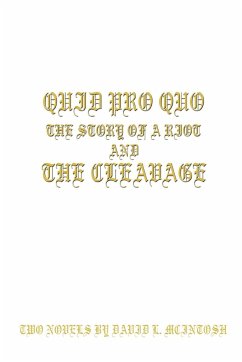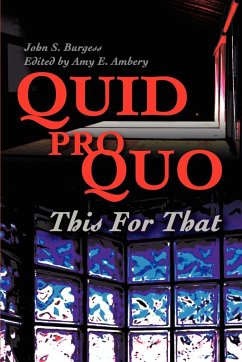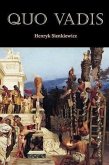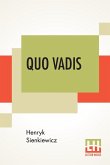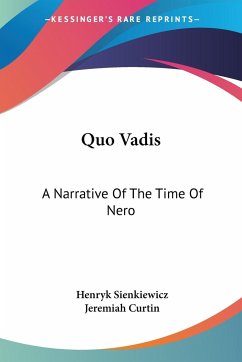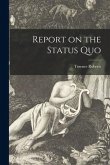Quid Pro Quo: I have tried to tell a creative tale of the people and events contemporaneous with a riot. The description I have given in Quid Pro Quo is not to be considered to represent all or most riots that have occurred in the United States during the so called civil rights revolution. Although I have seen riots, and similar civil disturbances at first hand, my concern is not with riots per se. My interest is with the people of this fictional city during the eight days-Friday to Friday-about whom this story is told. Perhaps the tale provides some insights, and it is hoped that corrective and ameliorative measures will follow comprehension of the problem. The Cleavage: In Book one there is the Jordan family: Sharon, a senior in college; her mother, Vera Jordan, an elementary school teacher, her father, Charles Jordan, a postal clerk, and her brother, Chuckie. The story is set in a northeastern community in the United States. The principal characters are Negroes. Sharon Jordan is on campus in an eastern university which is predominantly Negro. Her fiance is Henry Broadspan, a sophomore in medical school. The novel attempts to show in this instance, as in each of the other two books of The Cleavage, the basic separation existing within the Negro community between the black middle class and those below it. The distinctions of separation are based upon education, power, money, and family tradition. Family tradition is primarily evaluated on the number of generations of a given Negro family is removed from the south. In this novel are descriptions of the various separations within the group, of course, within the frame of reference of the northeastern United States.
Hinweis: Dieser Artikel kann nur an eine deutsche Lieferadresse ausgeliefert werden.
Hinweis: Dieser Artikel kann nur an eine deutsche Lieferadresse ausgeliefert werden.

